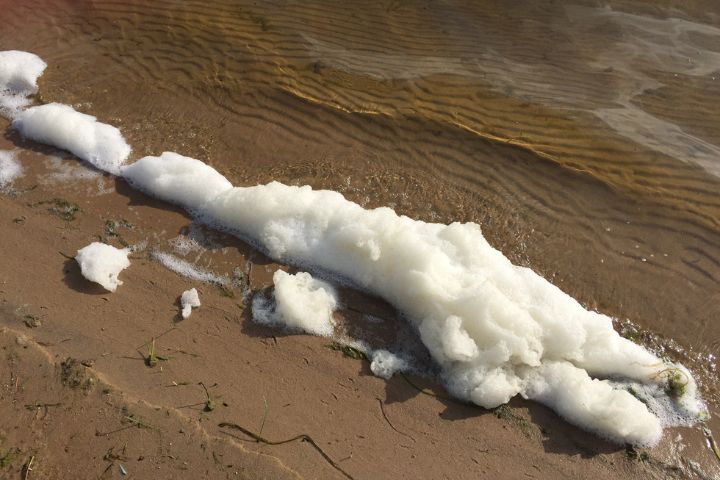Plast-ick: Harnessing AI to Predict Environmental Pollution Exposure
Plast-ick: Harnessing AI to Predict Environmental Pollution Exposure
Plast-ick: Harnessing AI to Predict Environmental Pollution Exposure
Program: Catalyst Grants
Program details » | All Catalyst Grants projects »

Photo by Michigan EGLE on Flickr
Pollutants such as PFAS and pesticides pose significant threats to both the environment and human health. This research team aims to develop innovative solutions to reduce the labor required to identify and track pollutant hotspots in collaboration with Environmental Working Group (EWG), a leading public interest organization at the forefront of mapping and communicating contamination issues that impact public health.
The project will utilize advanced AI algorithms and satellite data to predict pollutant presence in water bodies. By integrating AI techniques with hydrological models, the team hopes to improve prediction accuracy and gain insights into the sources of contamination, with a particular focus on PFAS.
The project is expected to yield a proof-of-concept AI model, a list of research questions for future exploration, and advancements in AI, remote sensing, and sustainability research.
Project team: Elizabeth Bondi-Kelly, PI (Electrical Engineering and Computer Science); David Andrews (Environmental Working Group); Kaley Beins (Environmental Working Group); Aradhna Krishna (Ross School of Business)